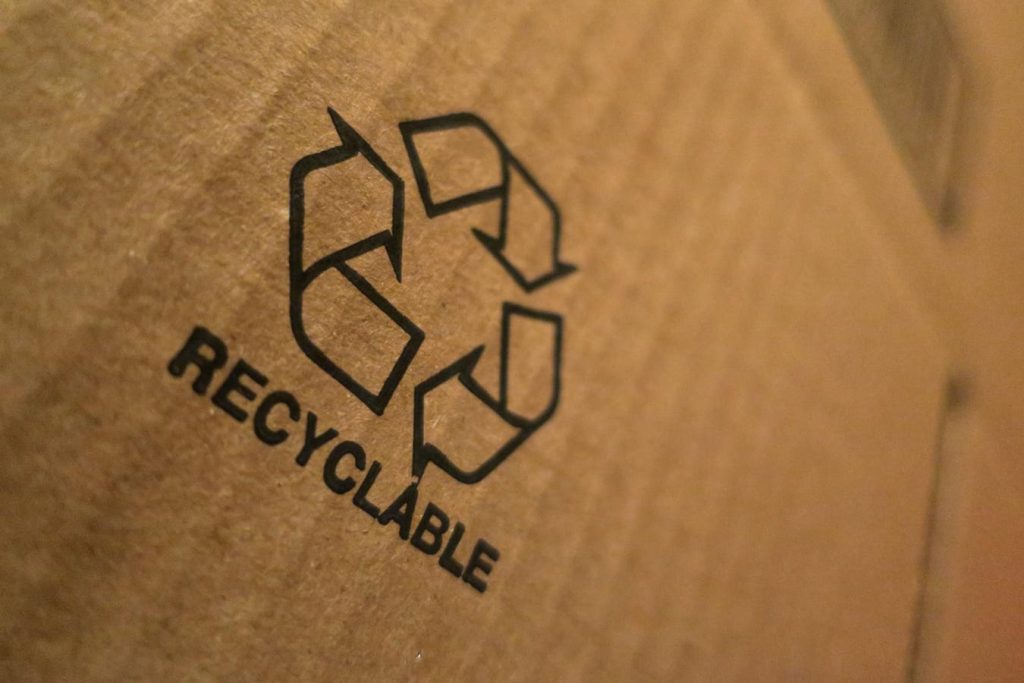Bradley Saveth, President & COO @ SupplyCaddy.
In recent years, the packaging industry has experienced a significant transformation as consumer demand for sustainability has grown stronger. The era of single-use plastics and excessive packaging waste is gradually giving way to a new paradigm: sustainable packaging.
Today, eco-conscious consumers are increasingly seeking brands that prioritize environmentally friendly practices, making sustainable packaging a crucial factor for business success.
I currently serve as the president and chief operating officer of SupplyCaddy, a global manufacturer and supplier of packaging solutions tailored to the food service industry. Our customers include many of the world’s largest and most iconic restaurant chains, airlines and retailers.
Having had the opportunity to work closely with large chains and see the impact of their packaging choices on both business operations and the environment, I have gained invaluable expertise in the realm of sustainability and understand what it takes to encourage brands to choose more eco-friendly packaging options.
I have come to understand the unique challenges chains face when it comes to sustainability. Balancing the need for efficient, well-priced packaging solutions with the growing demand for eco-friendly alternatives is a delicate task. However, through innovative strategies and collaborative efforts, brands can shift toward more sustainable practices.
Choose eco-friendly materials.
As concerns over climate change and plastic pollution continue to mount, sustainable packaging offers a compelling solution. By using materials that are recyclable, biodegradable or made from renewable resources, businesses can significantly reduce their environmental footprint.
Traditional packaging materials, such as plastic and Styrofoam, are being replaced by alternatives like recycled paper, cardboard, plant-based plastics and compostable materials. These materials not only reduce the carbon footprint but also promote a circular economy by closing the loop through recycling and composting processes.
Sustainable packaging also aligns with consumer values, attracting a customer base that seeks products that reflect their commitment to a greener future.
Take innovative design approaches.
Sustainable packaging is not just about the materials used; it also encompasses innovative design approaches that optimize packaging efficiency. Minimalist packaging, for example, eliminates unnecessary layers and focuses on simplicity and functionality. This not only reduces waste but also enhances the overall brand aesthetic.
Additionally, companies are leveraging smart packaging technologies, such as intelligent labels and QR codes, to provide consumers with product information and promote recycling practices.
Optimize your supply chain.
Sustainable packaging extends beyond the end product; it also involves optimizing the entire supply chain. Companies are exploring ways to minimize transportation-related emissions by optimizing packaging sizes and shapes, reducing the use of fossil fuels and adopting more sustainable logistics practices. This holistic approach ensures that sustainability is embedded in every aspect of the packaging process.
When optimizing the supply chain to enhance sustainability in packaging, I have found the following steps to be highly effective:
• Focus on collaboration and transparency: Establishing strong partnerships and fostering open communication with suppliers, manufacturers and logistics providers is crucial. By sharing sustainability goals and expectations throughout the supply chain, businesses can collectively work toward identifying areas for improvement and implementing eco-friendly practices. Collaboration also enables the exchange of ideas and best practices, and allows for multiple sets of eyes to review each element, providing diverse perspectives and expertise.
• Streamline packaging design: Reducing packaging waste and optimizing sizes and shapes can significantly minimize transportation-related emissions. By reevaluating packaging materials, business leaders can identify opportunities to use lighter-weight materials or explore alternatives that have a lower environmental impact. Additionally, designing packaging that maximizes space utilization during transportation can reduce the number of shipments required, thereby lowering carbon emissions.
While optimizing the supply chain, it’s important to consider a few key points to avoid potential pitfalls:
• Don’t overlook local sourcing opportunities: While global sourcing can offer cost advantages, it often entails long-distance transportation, resulting in higher carbon emissions.
• Avoid short-term solutions: When optimizing the supply chain for sustainability, it’s crucial to think long-term. Focus on implementing solutions that have lasting benefits rather than quick fixes. Short-sighted approaches may lead to unintended consequences or unsustainable practices in the future.
Drawing from my firsthand experience, I have seen these steps bring significant positive changes within the supply chain, leading to enhanced sustainability in packaging.
Consider the business case for sustainable packaging.
Sustainable packaging not only aligns with consumer values but also offers tangible business benefits. By embracing sustainability, companies can enhance their brand reputation, differentiate themselves from competitors and attract eco-conscious consumers. Moreover, sustainable practices often lead to cost savings through reduced material usage, optimized logistics and improved operational efficiency.
For company leaders who aspire to shift towards sustainable packaging, several important factors should be considered to navigate the transition successfully:
• Price and cost considerations: While sustainable packaging may have a perception of being more expensive, it’s crucial to take a long-term view. Assess the total cost, considering factors like material savings, operational efficiencies and potential marketing advantages.
• Materials and design: Reevaluating current packaging materials is a crucial step. Consider eco-friendly alternatives such as biodegradable or compostable materials, recycled or recyclable materials, or renewable resources. Additionally, optimizing packaging design to reduce material usage and waste can have a significant impact on sustainability.
• Challenges and solutions: Shifting to sustainable packaging may involve challenges such as supply chain complexities, cost considerations or ensuring compatibility with existing manufacturing processes. To overcome these challenges, it is crucial to take a phased approach. Start with pilot projects to test and refine sustainable packaging solutions before implementing them on a larger scale. Engage employees and stakeholders, fostering a culture of sustainability within the organization.
The packaging industry is undergoing a remarkable transformation, driven by the need for sustainability and consumer demand for eco-friendly solutions. By prioritizing sustainability, companies can not only reduce their environmental impact but also harness a competitive advantage in a rapidly evolving marketplace. The time for sustainable packaging is now, and those who embrace it can shape a greener future while reaping the benefits of a thriving, conscious consumer base.
Forbes Business Council is the foremost growth and networking organization for business owners and leaders. Do I qualify?
Read the full article here










